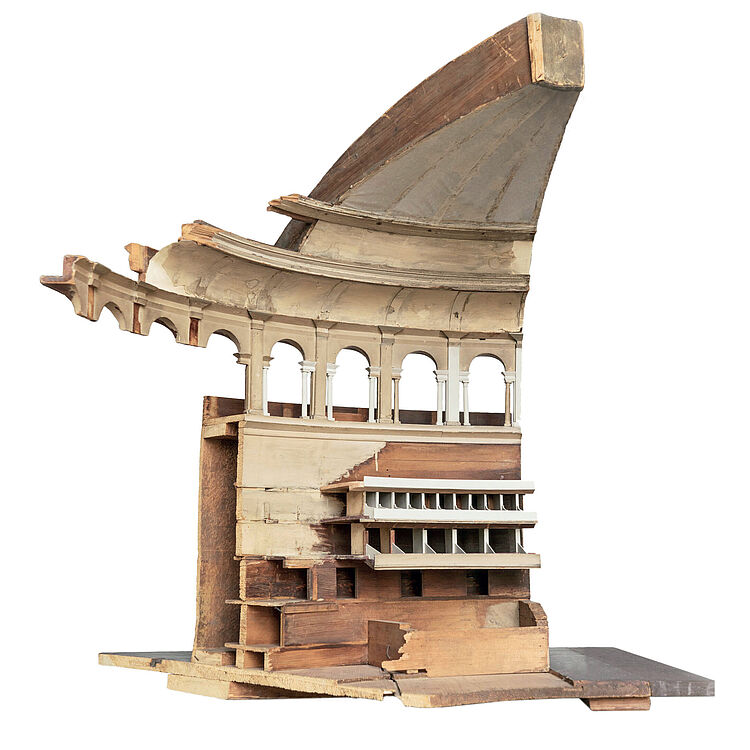Online Teilnahme:
https://zoom.us/j/95603412698?pwd=lWi9j5gEC1WV5VKIx8RbQOYKsaCJIQ.1
Meeting-ID: 956 0341 2698
Kenncode: 135860
Simona Valeriani, Victoria and Albert Museum South Kensington, London
‘A solid, distinct, clear and palpable exhibition’
Three-dimensional models between engineering and architecture in 19th c. Britain.
Abstract
Three-dimensional models have a long history, with documented use in architecture and beyond as far back as antiquity. Since at least the Renaissance they have been an important locus for the coming together of different kinds of knowledge and expertise. Literati and natural philosophers have employed models to reason through and solve both practical and theoretical problems, in collaboration with those who possessed applied knowledge of materials, structures, and their properties. For centuries models have thus functioned as epistemic objects.
Building on an understanding of such a long tradition, this talk will ‘zoom in’ to consider a specific chapter of this history: the role attributed to models in 19th century Britain, in a field between engineering and architecture. During a period marked by the rise of new sciences and professional identities, models become an important tool for “careful scientific constructors” who sought to base the design -of materials, structures, and architectural compositions alike- on experimentation.
The talk will explore several case studies, focusing on the Royal Engineers, “the public scientific servants of the crown”, and their programmatic use of models. A variety of printed sources, archival materials and surviving artefacts afford valuable insight into 19th century practices. The examination of the Royal engineers’ work, considered alongside the approaches of other contemporary institutions, will provide a deeper understanding of the various roles played by models at the intersection of science and art in Victorian Britain.

 Bild: London, Royal Albert Hall Archive, rah/2/9/3. c. 1866
Bild: London, Royal Albert Hall Archive, rah/2/9/3. c. 1866